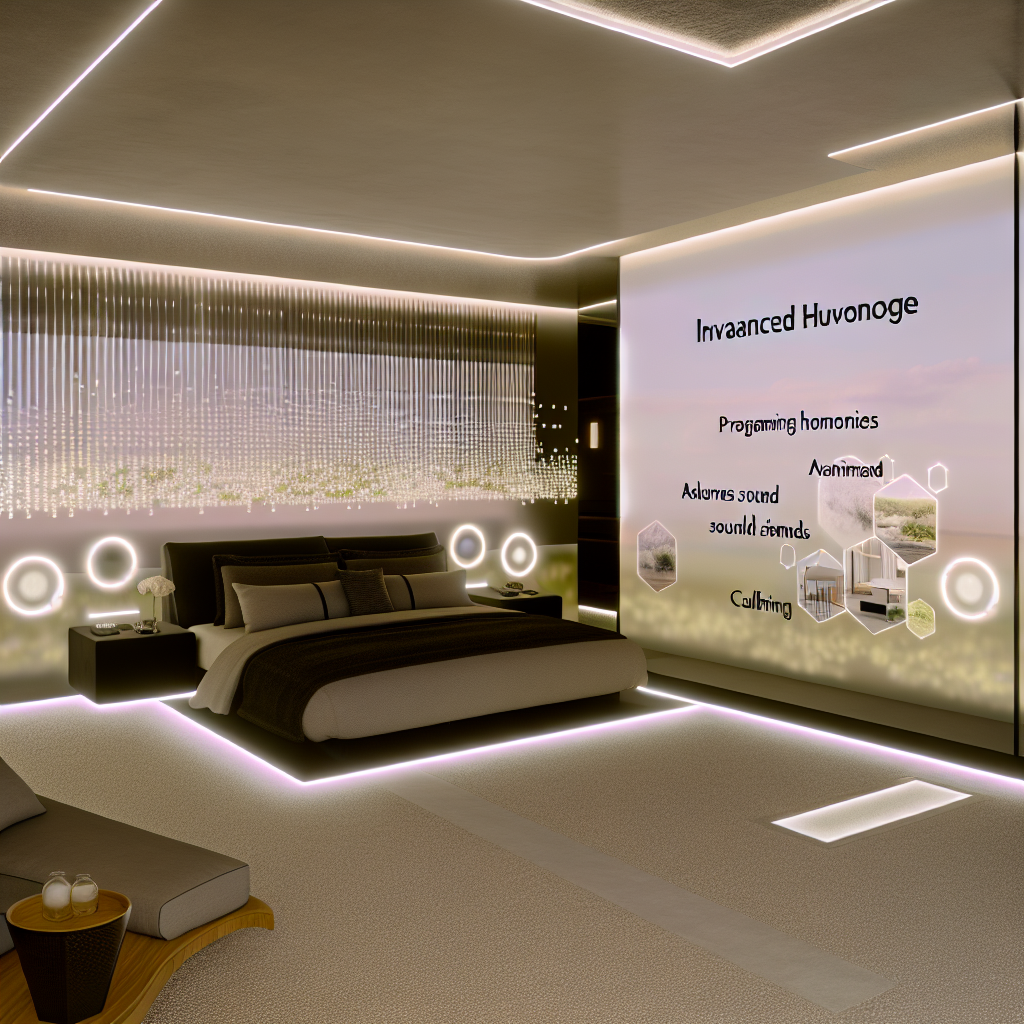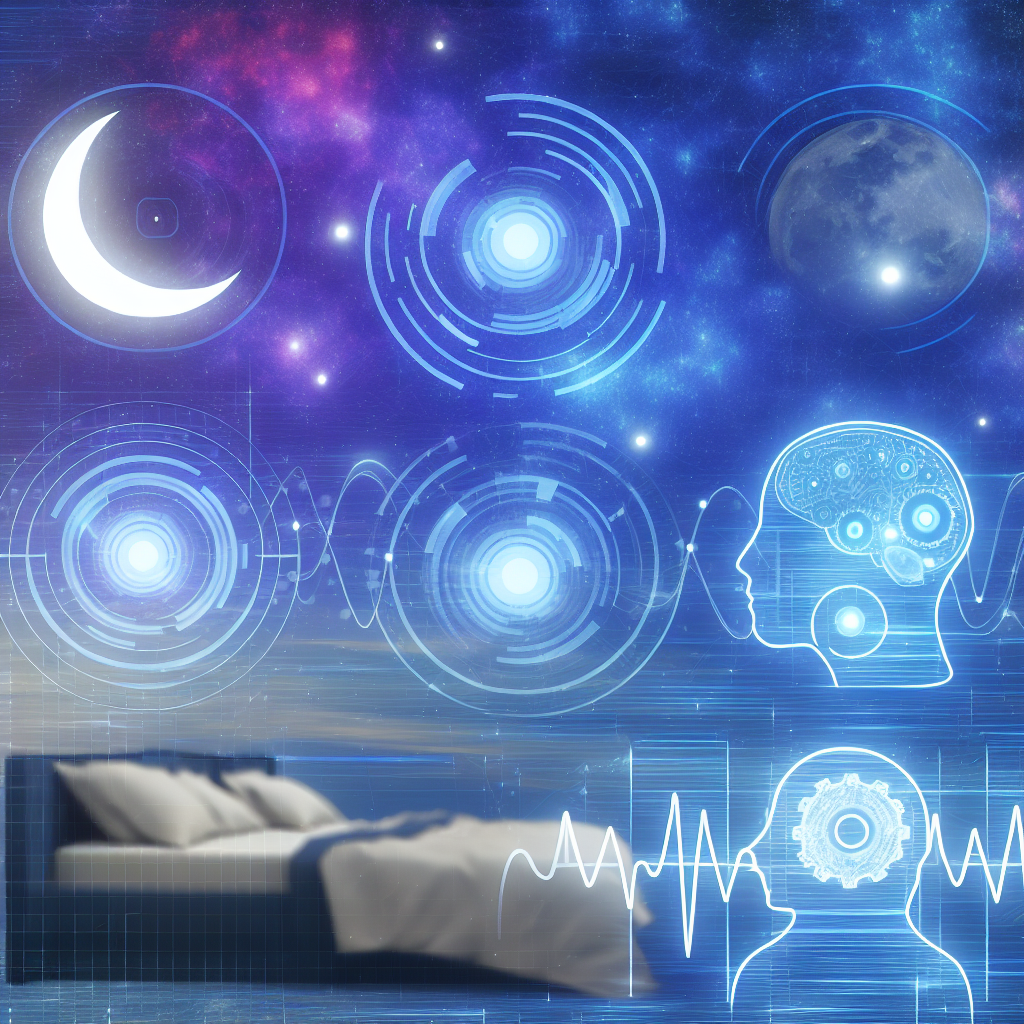Prescription-Grade Sleep Trackers: Medical Devices Entering Consumer Markets
Introduction: The New Era of Medical-Grade Sleep Tracking
The importance of healthy sleep has never been more widely recognized, with researchers continuously linking sleep quality to overall health and well-being. As sleep disorders become more prevalent, technology is evolving to address these challenges. The latest wave of prescription-grade sleep trackers is making its way into consumer markets, offering medical-level accuracy in sleep monitoring and potentially revolutionizing how sleep disorders are diagnosed and managed at home.
Unlike traditional consumer-grade sleep trackers, prescription-grade devices incorporate clinically validated technologies such as electroencephalography (EEG) sensors, advanced heart rate variability tracking, and pulse oximetry, allowing for comprehensive sleep assessments that can detect disruptions in sleep stages, breathing irregularities, and signs of conditions such as sleep apnea.
Advanced Features and Professional Validation Studies
Prescription-grade sleep trackers distinguish themselves from conventional sleep-tracking wearables through enhanced sensor technology, clinical accuracy, and regulatory oversight. These devices are often subjected to rigorous validation studies to ensure their findings align with traditional diagnostic tools used in medical settings.
Medical Accuracy and Validation: Bridging the Gap with Clinical Sleep Studies
Studies have shown that high-grade wearable and contactless sleep monitoring devices featuring EEG and pulse oximetry demonstrated over 85% accuracy in detecting sleep stages compared to polysomnography (PSG) readings, making them applicable for home use by people who require long-term sleep monitoring.
FDA-Approved Devices: The Rise of Medically Certified Sleep Trackers
Regulatory agencies such as the U.S. Food and Drug Administration (FDA) have been actively certifying medically-reliable sleep-tracking technology, such as the FDA-cleared SleepImage system, which leverages cardiopulmonary coupling analysis to detect sleep disturbances associated with sleep disorders.
Wearable vs. Contactless Tracking: Choosing the Right Sleep Technology
Prescription-grade sleep trackers offer both wearable and contactless options, each with its own advantages. Wearable devices like the WHOOP Strap and Oura Ring provide continuous nocturnal monitoring, while contactless solutions like Beddit and Withings Sleep Analyzer use sensor pads placed under mattresses to monitor sleep without interference.
Conclusion: The Future of Consumer Sleep Health
The emergence of prescription-grade sleep trackers is a transformative step in sleep health technology, bridging the gap between clinical-grade diagnostics and consumer convenience. With increasing validation studies proving their accuracy and reliability, these devices hold significant potential to aid in diagnosing sleep disorders, optimizing sleep hygiene, and improving long-term wellness.
However, it’s essential to recognize that while prescription-grade sleep trackers offer valuable insights, they should complement professional medical consultations rather than replace them. Individuals experiencing ongoing sleep disturbances should always seek guidance from a qualified healthcare provider to ensure proper diagnosis and treatment.
By combining advanced technology with medical credibility, these groundbreaking sleep trackers pave the way for a future where sleep health is more accessible, data-driven, and personalized than ever before.
Summary:
The article explores the rise of prescription-grade sleep trackers, which incorporate clinically validated technologies like EEG sensors and pulse oximetry to provide medical-level accuracy in sleep monitoring. These devices are undergoing rigorous validation studies and gaining regulatory approval, enabling healthcare professionals to use the data for diagnosing and treating sleep disorders. The emergence of these advanced sleep trackers promises to transform the consumer sleep health landscape, making it more accessible, data-driven, and personalized.
References:
[Minges et al., 2021](https://www.dovepress.com/nature-and-science-of-sleep-journal)
[Zaffaroni et al., 2020](https://jcsm.aasm.org/)
[FDA, 2022](https://www.fda.gov/)
[Malhotra et al., 2021](https://aasm.org/)
[Walsh et al., 2020](https://www.sleepfoundation.org/)

Dominic E. is a passionate filmmaker navigating the exciting intersection of art and science. By day, he delves into the complexities of the human body as a full-time medical writer, meticulously translating intricate medical concepts into accessible and engaging narratives. By night, he explores the boundless realm of cinematic storytelling, crafting narratives that evoke emotion and challenge perspectives.
Film Student and Full-time Medical Writer for ContentVendor.com




